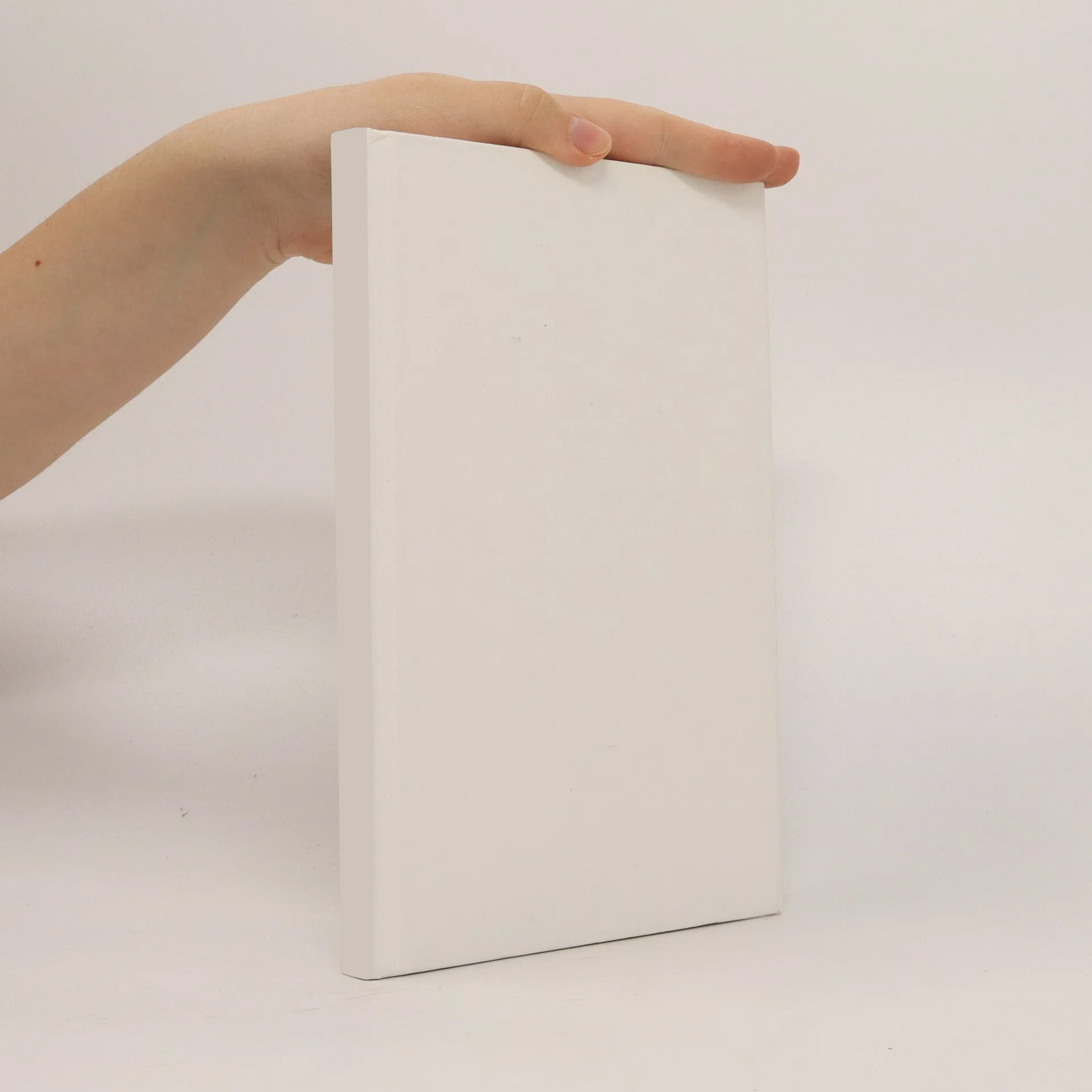
Parameters
More about the book
The nonlinear oscillation behavior of rotors in floating ring bearings is investigated numerically by means of transient run-up simulations. A mass-conserving cavitation model based on two-phase theory is employed. Special axial boundary conditions are introduced, which better reflect open-ended bearings. The rotor and bearing models are implemented in commercial software tools and coupled using a co-simulation coupling method, which enables the creation of detailed, easily interchangeable and updateable subsystems. Simulations are performed using a symmetric Jeffcott rotor and an asymmetric, heavy turbocharger. The differences between classical non-mass-conserving and the mass-conserving two-phase cavitation model are small for purely synchronous oscillations. The pressure build-up is delayed for the two-phase model during radial squeeze motion of the journal, which decreases the damping of the bearings. This entails a lower stability threshold rotor speed of the subsynchronous whirls and may also yield higher journal eccentricities.
Book purchase
Numerical investigation of rotors in floating ring bearings using co-simulation, Gerrit Edgar Nowald
- Language
- Released
- 2018
Payment methods
- Title
- Numerical investigation of rotors in floating ring bearings using co-simulation
- Language
- English
- Authors
- Gerrit Edgar Nowald
- Released
- 2018
- ISBN10
- 3935868480
- ISBN13
- 9783935868488
- Category
- University and college textbooks
- Description
- The nonlinear oscillation behavior of rotors in floating ring bearings is investigated numerically by means of transient run-up simulations. A mass-conserving cavitation model based on two-phase theory is employed. Special axial boundary conditions are introduced, which better reflect open-ended bearings. The rotor and bearing models are implemented in commercial software tools and coupled using a co-simulation coupling method, which enables the creation of detailed, easily interchangeable and updateable subsystems. Simulations are performed using a symmetric Jeffcott rotor and an asymmetric, heavy turbocharger. The differences between classical non-mass-conserving and the mass-conserving two-phase cavitation model are small for purely synchronous oscillations. The pressure build-up is delayed for the two-phase model during radial squeeze motion of the journal, which decreases the damping of the bearings. This entails a lower stability threshold rotor speed of the subsynchronous whirls and may also yield higher journal eccentricities.